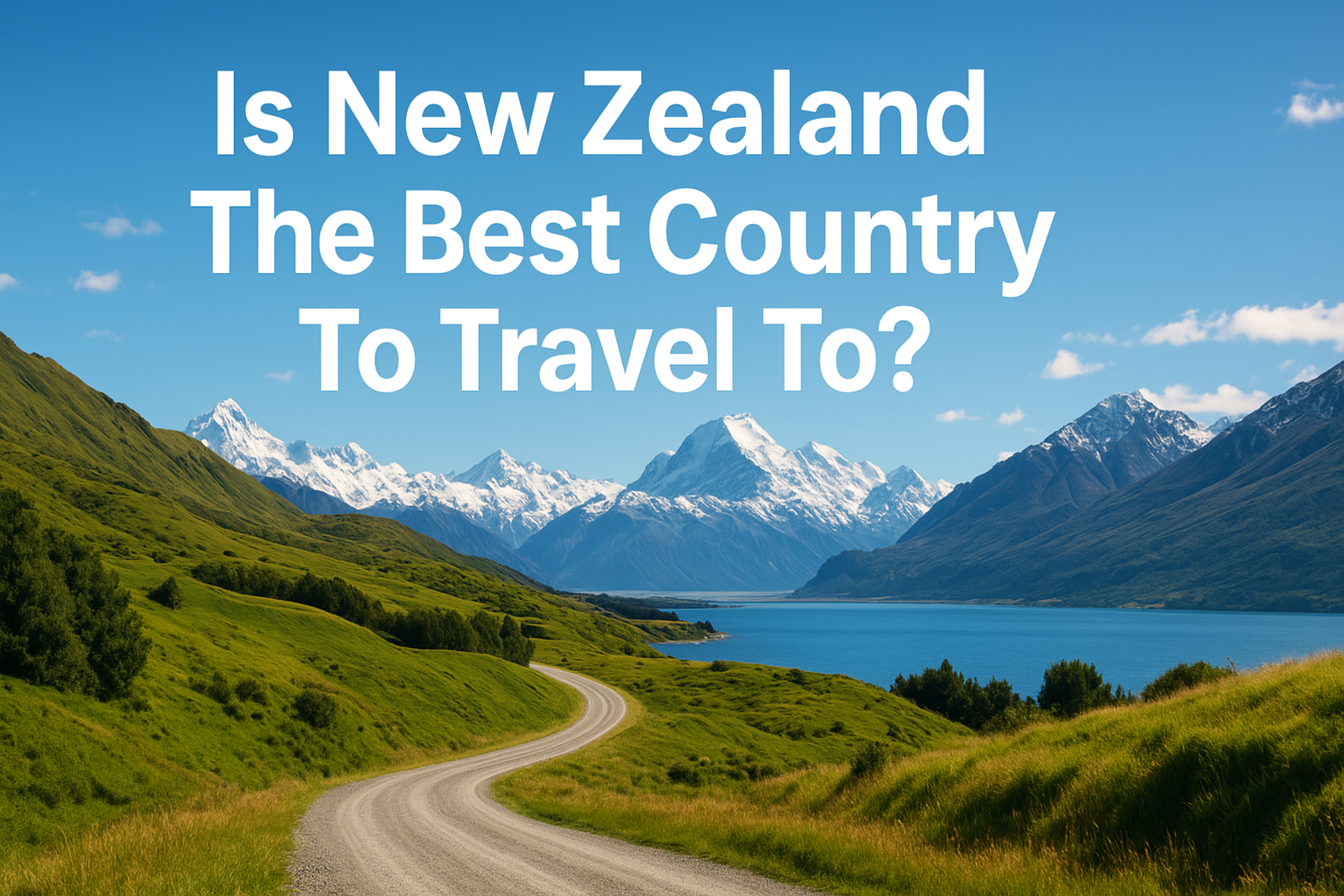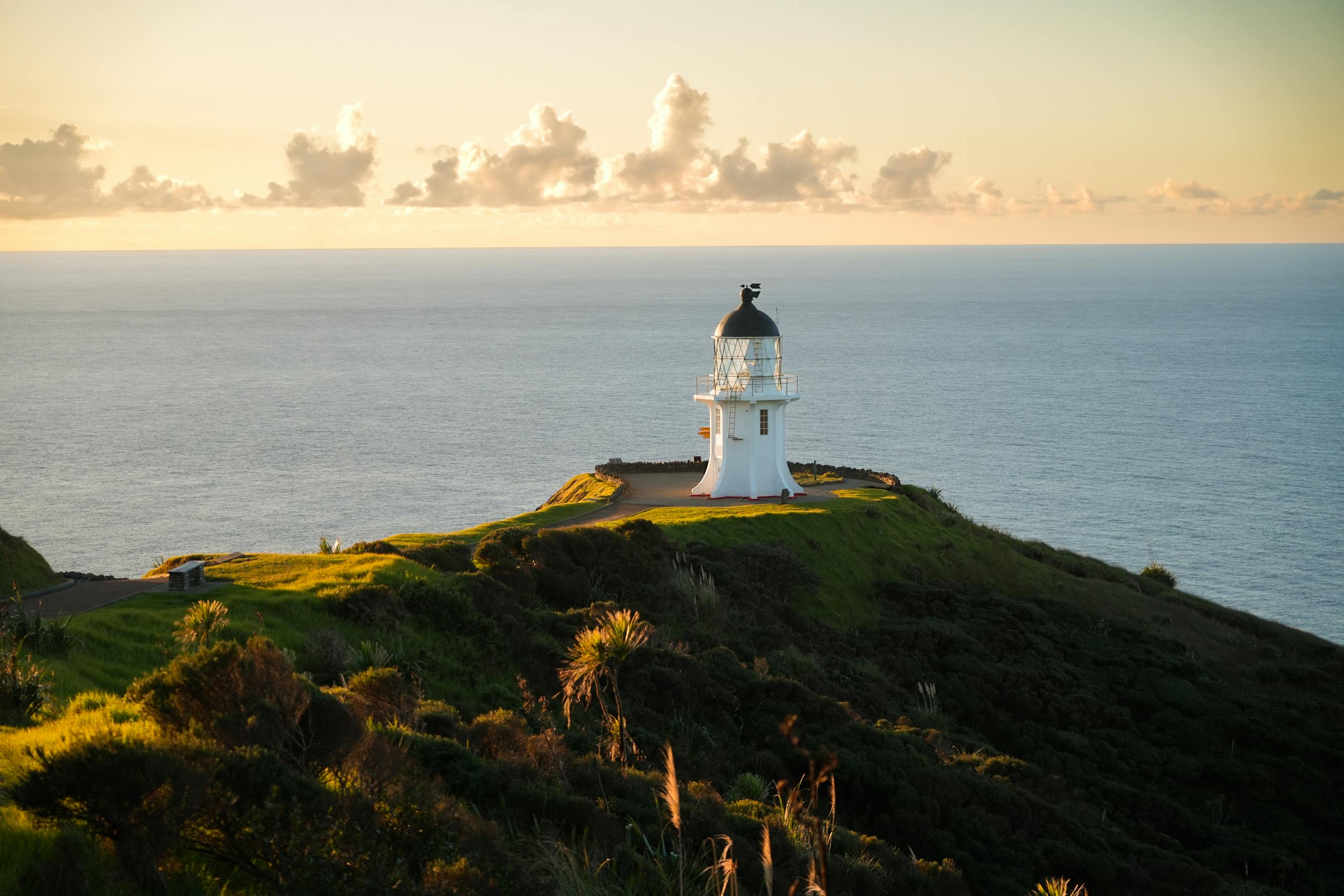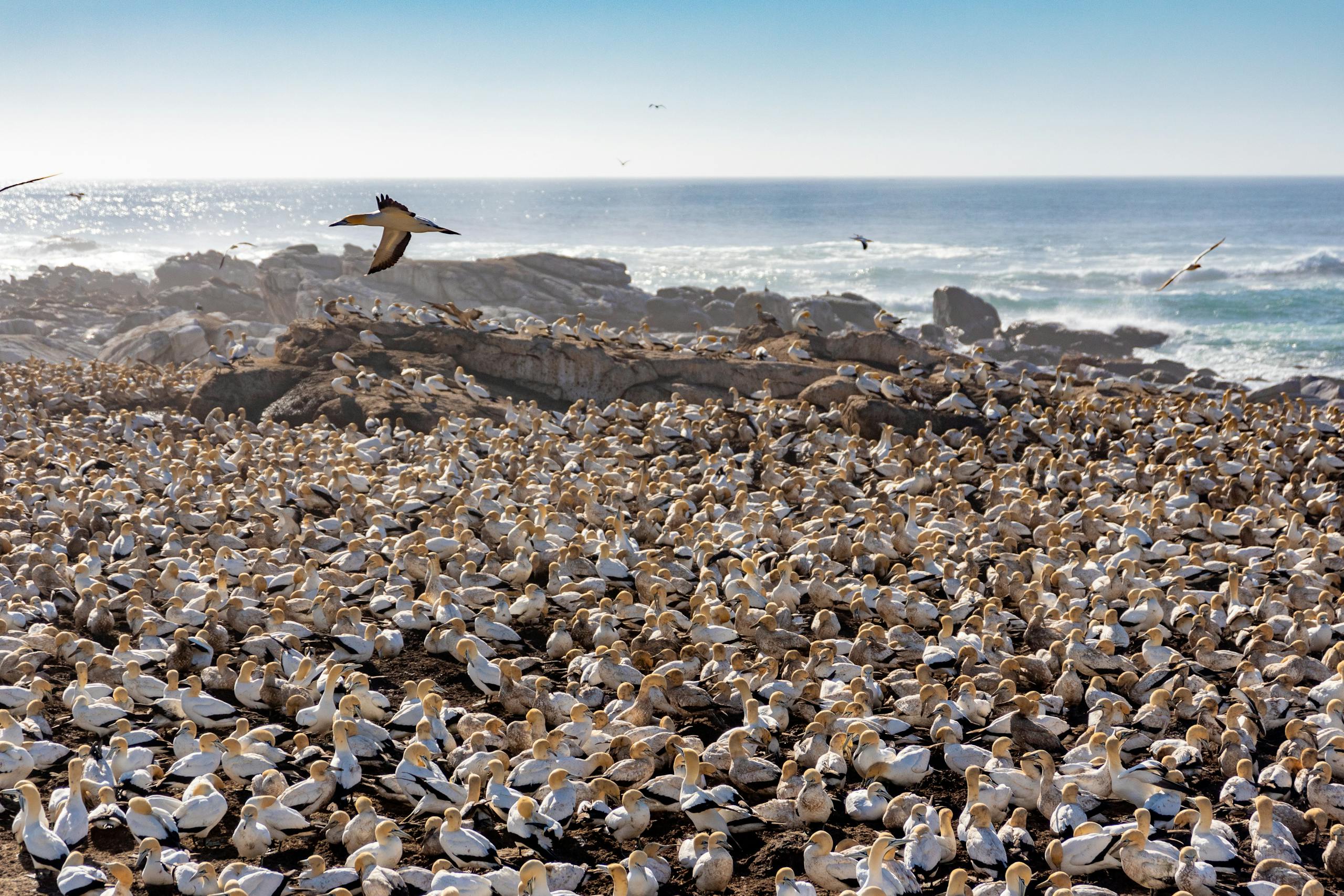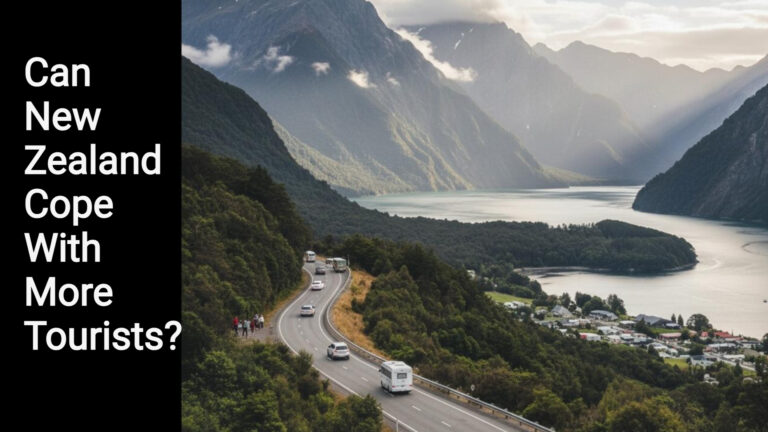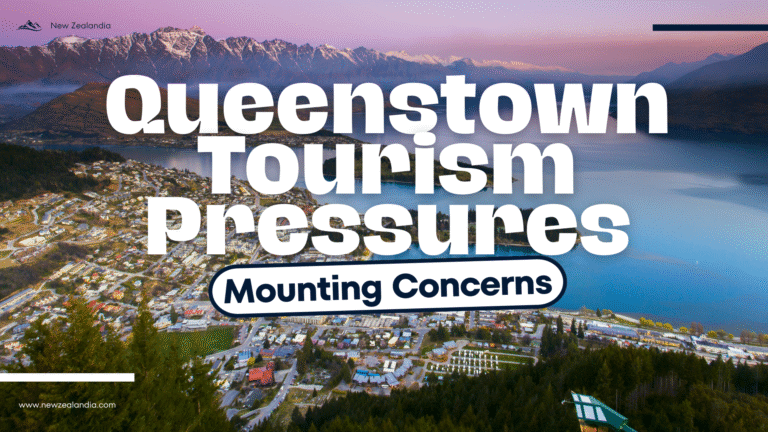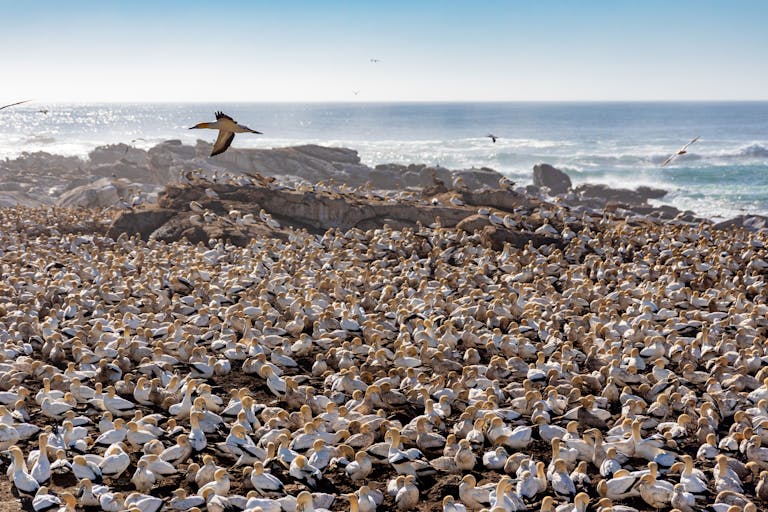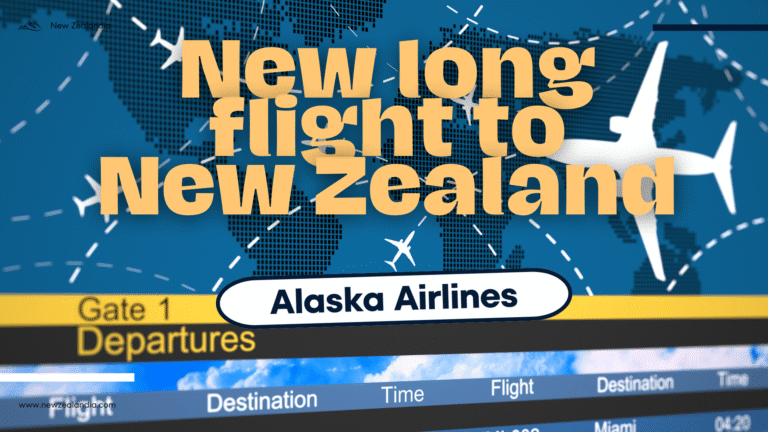Is New Zealand The Best Country To Travel To?
New Zealand demonstrates exceptional appeal as a travel destination, with visitor arrivals reaching 87% of pre-pandemic levels by mid-2025 and tourism revenue generating 5,605 million NZD by March 2025. The country attracts 3.2 million international visitors annually through world-renowned natural landscapes, adventure tourism activities including hiking and bungee jumping, distinctive Maori cultural experiences, and consistently high safety rankings. Detailed analysis reveals additional factors that solidify this destination’s global standing.
Key Takeaways
- New Zealand consistently ranks high globally for safety, cleanliness, and tourist friendliness, creating an exceptional visitor experience.
- The country offers world-renowned natural attractions including mountains, lakes, coastlines, and iconic destinations like Milford Sound and Queenstown.
- Adventure tourism thrives with diverse activities including hiking, skiing, bungee jumping, and eco-tourism experiences for outdoor enthusiasts.
- Distinctive Maori cultural heritage experiences provide unique differentiation from other competing international travel destinations.
- Strong tourism recovery with 87% of pre-pandemic levels reached and significant government investment in infrastructure and services.
Where among the world’s travel destinations does New Zealand rank, and what evidence supports its position as a premier tourist destination? The country’s tourism sector demonstrates remarkable recovery momentum, with visitor arrivals increasing 18.8% year-on-year to 267,300 in April 2025, reaching approximately 87% of pre-pandemic levels by mid-2025. These statistics reflect New Zealand’s growing appeal across diverse international markets, particularly as Australian visitors comprised 45% of arrivals in May 2025, up from 42% in 2019, while Indian tourist arrivals rose to 5% from 3% during the same period.
New Zealand’s government has established ambitious growth targets through the Tourism Growth Roadmap, aiming to restore 2019 visitor levels of 3.89 million by 2026 while doubling tourism export value from $9.9 billion to $19.8 billion by 2034. The administration allocated over $35 million in 2025/26 for marketing initiatives, infrastructure development, and major events, including enhancements to the Milford Road Corridor to improve safety and visitor experience. These investments support the 3.2 million international tourists who visited during the 2024 financial year, with 1.5 million specifically traveling for holiday purposes.
New Zealand targets 3.89 million visitors by 2026 and aims to double tourism export value to $19.8 billion by 2034.
The nation’s reputation stems from its globally renowned natural landscapes encompassing mountains, lakes, and coastlines that facilitate adventure tourism activities including hiking, skiing, and bungee jumping. New Zealand consistently receives high international rankings for safety, cleanliness, and tourist friendliness, while offering distinctive Maori cultural heritage experiences that differentiate it from competing destinations. Tourism infrastructure prioritizes accessibility to iconic locations like Milford Sound and Queenstown, supporting eco-tourism and outdoor experiential travel that attracts nature enthusiasts worldwide.
Economic data reveals tourism’s substantial contribution to New Zealand’s economy through export revenue and employment generation across hospitality, retail, and transport sectors. The recovering tourism industry benefits from government initiatives promoting sustainable economic growth while conservation efforts integrate with tourism development to preserve natural attractions. Notable arrival increases from Australia, the United Kingdom, the United States, and China in 2025 demonstrate New Zealand’s broad international appeal, supported by expanding accommodation and transport services designed to handle increasing visitor numbers while maintaining safety standards and sustainable practices. The tourism sector generated 5,605.00 NZD million in revenue by March 2025, highlighting its significant economic impact.
While New Zealand consistently ranks among top travel destinations in global surveys, with Tourism New Zealand reporting 3.9 million international visitors in 2019 generating $17.5 billion in revenue, determining the “best” country remains subjective based on individual preferences, budget constraints, and travel objectives. The nation’s relatively high costs, averaging $150-200 daily for tourists according to industry data, remote geographic location requiring lengthy flights from most origins, and seasonal weather variations present considerations that travelers must weigh against acclaimed natural attractions and infrastructure quality.
Frequently Asked Questions
What Is the Best Time of Year to Visit New Zealand?
The best time to visit New Zealand is during spring (October-November) or autumn (March-May), offering pleasant weather, fewer crowds, moderate prices, and ideal conditions for outdoor activities and sightseeing.
How Much Does a Typical New Zealand Vacation Cost?
A typical New Zealand vacation costs NZ$420-700 weekly for budget travelers, NZ$1,050-1,750 for mid-range experiences, and NZ$2,800+ for luxury trips, depending on accommodation, activities, and transportation choices.
Do I Need a Visa to Travel to New Zealand?
It depends on citizenship. Citizens from visa-waiver countries need an NZeTA for stays up to 90 days. Australian citizens need neither visa nor NZeTA. Others require a Visitor Visa.
What Are the Must-See Attractions in New Zealand?
New Zealand’s must-see attractions include Fiordland and Tongariro National Parks, Fox and Franz Josef Glaciers, geothermal parks, scenic fjords, Māori cultural sites, and unique wildlife experiences like glow worms and native birds.
Is It Safe to Travel Alone in New Zealand?
Yes, New Zealand is very safe for solo travelers, ranking among the world’s top three safest destinations. Female solo travelers particularly feel secure due to friendly locals and normalized solo travel culture.

